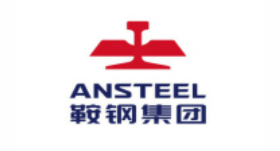Strain gauges are capable of measuring the effects of loads, settlement or other changes in a structure. They record strain, which is a dimensionless measurement of deformation. The stress is related to the strain caused by the material properties and can be predicted within a certain strain range.
A strain gauge can be used to determine the effects of a load applied to a structure, such as the loading of a post-tension cable or the removal of a temporary support. Since there is sufficient strain-gauge information, such as the depth at which loads are transferred to the soil and the percentage of loads borne as end bearings can be determined, driven, cast or prefabricated structural piles can also benefit from strain measurements.
trait
Reliable long-term performance
Rugged and suitable for harsh environments
Range of mounting blocks
Not sensitive to long cable lengths.
High accuracy
Integral thermistors for temperature correction
Suitable for remote reading and data logging
Apply
Measure stress and strain deformation:
Steel strut
Mining support system
Drive and drill piles
Tunnel lining
Bridges and arches
Vehicle-truck weighing
Product specification
Vibrating string strain gauges output a frequency signal and are therefore insensitive to changes in the resistance of the connecting cable caused by contact resistance or ground leakage. The cable can be easily and simply extended in the field without special precautions. The meter can be read up to 1000 meters from the installation location without changing the calibration.

































